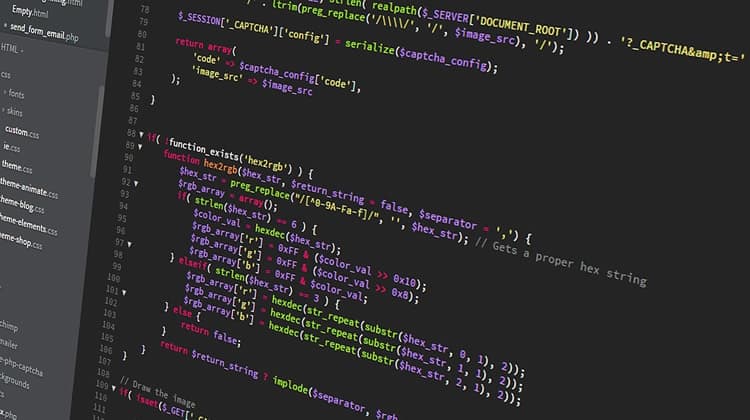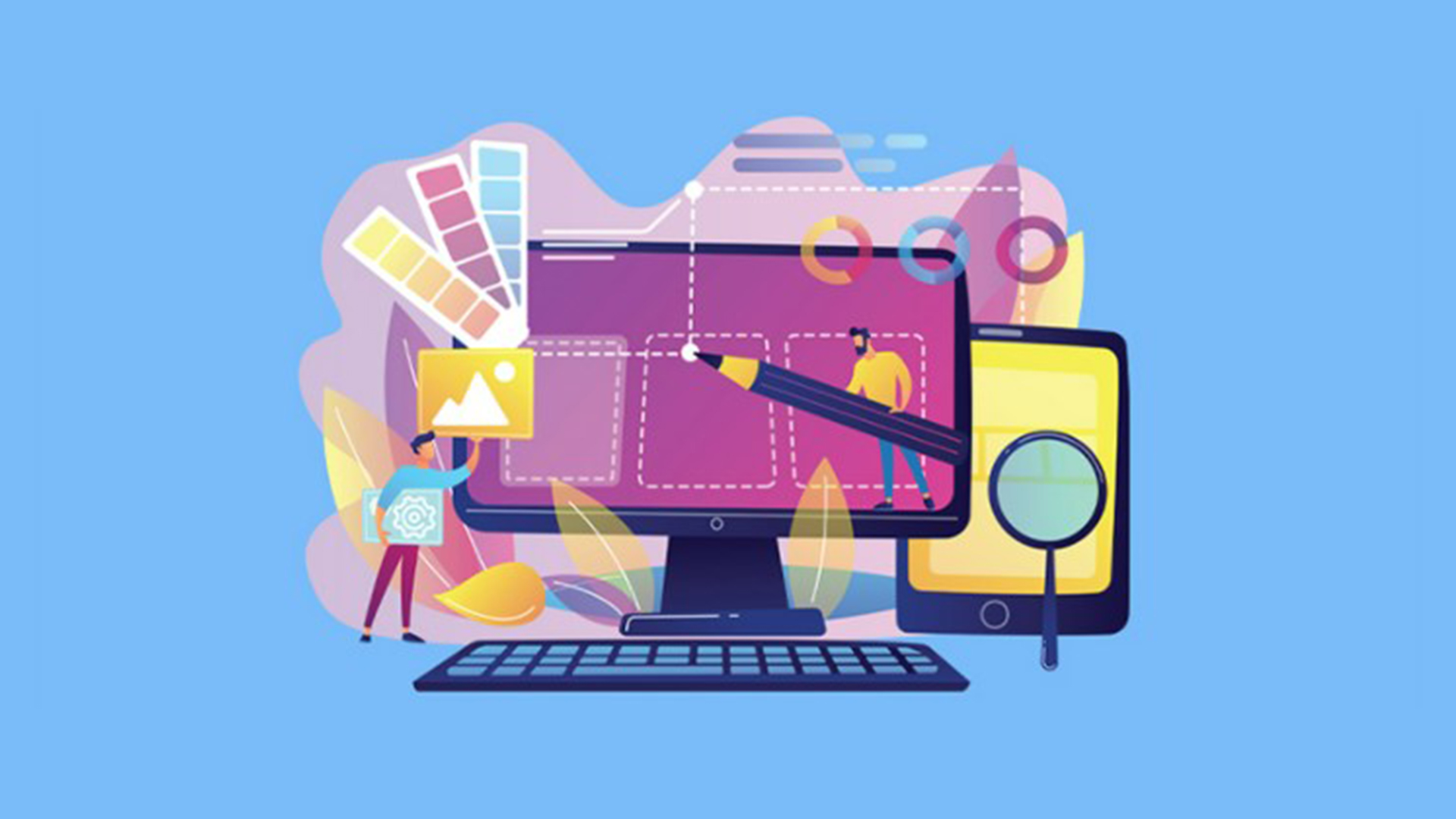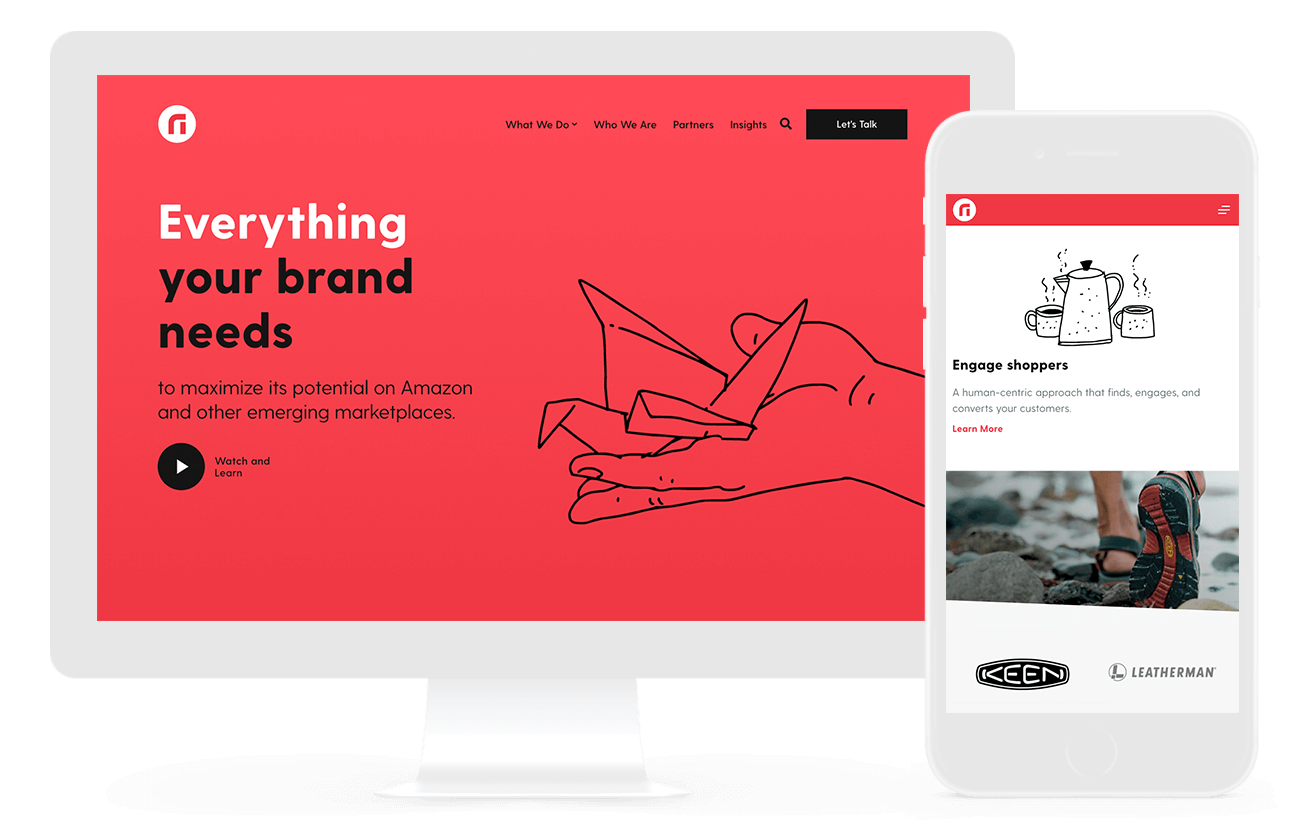All Categories
Featured
Table of Contents
- – Web Design Museum 1991 – 2006 Tips and Tricks:
- – Mrw Web Design - Wordpress Websites For Nonpr...
- – Modern Website Designs - Best Web Page Design...
- – Web Design Projects - Behance Tips and Tricks:
- – Learn Responsive Design - Web.dev Tips and Tr...
- – Web Page Design: A Comprehensive Guide - Adob...
- – Top 30 Web Design Companies - Apr 2022 - Des...
- – Web Development Bachelor's Degree - Full Sai...
- – Web Design Services + Website Development Ag...
- – Top Web Design Courses Online - Updated [Apr...
- – Web Design Courses & Tutorials - Codecademy ...
Web Design Museum 1991 – 2006 Tips and Tricks:
Quick summary Functionality and the utility, not the visual design, determine the success or failure of a site. Because the visitor of the page is the only individual who clicks the mouse and for that reason decides whatever, user-centric design has actually developed as a basic technique for effective and profit-oriented website design - web design frederick md.
and the energy, not the visual style, figure out the success or failure of a site. Given that the visitor of the page is the only person who clicks the mouse and for that reason decides whatever, user-centric design has ended up being a standard method for successful and profit-oriented website design. After all, if users can't utilize a function, it may as well not exist.
g. where the search box should be positioned) as it has currently been performed in a number of posts; instead we focus on the techniques which, utilized appropriately, can lead to more sophisticated style decisions and simplify the procedure of perceiving provided details. Please discover that you might be interested in the usability-related articles we've published prior to: Principles Of Good Site Style And Effective Web Design Standards, In order to utilize the principles appropriately we initially require to understand how users communicate with websites, how they believe and what are the basic patterns of users' behavior.
Mrw Web Design - Wordpress Websites For Nonprofits ... Tips and Tricks:
Visitors look at each brand-new page, scan a few of the text, and click on the very first link that catches their interest or vaguely resembles the important things they're trying to find. There are big parts of the page they don't even look at. Many users look for something interesting (or useful) and clickable; as quickly as some appealing prospects are discovered, users click.
If a page supplies users with high-quality material, they are ready to compromise the material with ads and the design of the website. This is the factor why not-that-well-designed websites with high-quality material acquire a lot of traffic over years. Material is more important than the design which supports it.

Extremely simple concept: If a site isn't able to meet users' expectations, then designer failed to get his job done effectively and the business loses money. The higher is the cognitive load and the less user-friendly is the navigation, the more willing are users to leave the site and search for alternatives.
Modern Website Designs - Best Web Page Designers Tips and Tricks:
Neither do they scan web page in a linear fashion, going sequentially from one website section to another one. Rather users satisfice; they select the first sensible option. As quickly as they discover a link that looks like it may lead to the objective, there is a really good chance that it will be instantly clicked.
It doesn't matter to us if we understand how things work, as long as we can use them. If your audience is going to imitate you're developing billboard, then style fantastic signboards." Users desire to have the ability to manage their browser and count on the constant information presentation throughout the website.
If the navigation and site architecture aren't user-friendly, the number of question marks grows and makes it harder for users to comprehend how the system works and how to get from point A to point B. A clear structure, moderate visual hints and quickly recognizable links can assist users to discover their path to their goal.
Web Design Projects - Behance Tips and Tricks:

Since users tend to check out sites according to the "F"-pattern, these 3 declarations would be the very first elements users will see on the page once it is loaded. The style itself is basic and intuitive, to understand what the page is about the user requires to search for the response.
When you have actually achieved this, you can communicate why the system is useful and how users can benefit from it. Don't Misuse Users' Patience, In every job when you are going to use your visitors some service or tool, attempt to keep your user requirements minimal.
Novice visitors are ready to, not filling long web forms for an account they may never use in the future. Let users check out the site and find your services without forcing them into sharing personal information. It's not sensible to force users to get in an e-mail address to evaluate the feature.
Learn Responsive Design - Web.dev Tips and Tricks:
Stikkit is an ideal example for an easy to use service which needs nearly nothing from the visitor which is inconspicuous and comforting. Which's what you want your users to feel on your website. Apparently, Termite requires more. The registration can be done in less than 30 seconds as the kind has horizontal orientation, the user doesn't even need to scroll the page.
A user registration alone suffices of an obstacle to user navigation to reduce incoming traffic. 3. Handle To Focus Users' Attention, As sites supply both fixed and dynamic content, some elements of the user interface draw in attention more than others do. Clearly, images are more distinctive than the text simply as the sentences marked as bold are more appealing than plain text.
Focusing users' attention to specific locations of the website with a moderate use of visual aspects can assist your visitors to get from point A to point B without thinking about how it in fact is expected to be done. The less enigma visitors have, the they have and the more trust they can establish towards the business the site represents.
Web Page Design: A Comprehensive Guide - Adobe Xd Ideas Tips and Tricks:
Strive For Function Exposure, Modern web styles are typically slammed due to their technique of directing users with aesthetically appealing 1-2-3-done-steps, big buttons with visual results etc. From the design point of view these elements really aren't a bad thing.
The website has 9 primary navigation options which are visible at the very first look. What matters is that the content is well-understood and visitors feel comfortable with the way they communicate with the system.
Instead a rate: simply what visitors are looking for. An optimal solution for efficient writing is touse brief and succinct phrases (come to the point as rapidly as possible), usage scannable layout (categorize the material, use numerous heading levels, utilize visual elements and bulleted lists which break the circulation of uniform text blocks), use plain and objective language (a promo doesn't need to sound like advertisement; give your users some sensible and unbiased reason why they should use your service or remain on your website)6.
Top 30 Web Design Companies - Apr 2022 - Designrush Tips and Tricks:
Users are rarely on a site to take pleasure in the design; furthermore, for the most part they are trying to find the details regardless of the style - web design frederick md. Aim for simplicity instead of intricacy. From the visitors' viewpoint, the best site design is a pure text, with no advertisements or more material blocks matching exactly the inquiry visitors used or the material they've been searching for.
Finch plainly presents the details about the website and gives visitors an option of alternatives without overcrowding them with unneeded content. Not only does it assist to for the visitors, however it makes it possible to view the information presented on the screen.
Complex structures are more difficult to read, scan, evaluate and deal with. If you have the option between separating two design sectors by a visible line or by some whitespace, it's normally better to utilize the whitespace option. (Simon's Law): the better you handle to offer users with a sense of visual hierarchy, the easier your content will be to view.
Web Development Bachelor's Degree - Full Sail University Tips and Tricks:
The exact same conventions and rules need to be applied to all elements.: do the most with the least quantity of hints and visual components. 4 major indicate be considered: simplicity, clearness, diversity, and focus. Simplicity includes just the aspects that are crucial for interaction. Clearness: all components ought to be designed so their meaning is not unclear.
Conventions Are Our Pals, Traditional design of website components doesn't result in a dull web site. It would be a functionality problem if all sites had various visual discussion of RSS-feeds.
comprehend what they're expecting from a site navigation, text structure, search positioning etc. A case in point from usability sessions is to equate the page in Japanese (presuming your web users don't know Japanese, e. g. with Babelfish) and provide your use testers with a task to find something in the page of different language.
Web Design Services + Website Development Agency Tips and Tricks:
Test Early, Test Typically, This so-called TETO-principle needs to be used to every web design task as use tests often provide into considerable problems and concerns related to a provided layout. Test not too late, not too little and not for the wrong reasons.
Some essential points to bear in mind: according to Steve Krug, and testing one user early in the project is much better than testing 50 near the end. Accoring to Boehm's very first law, mistakes are most regular throughout requirements and style activities and are the more pricey the later on they are gotten rid of.
That suggests that you develop something, test it, repair it and after that check it again. There might be issues which haven't been found throughout the first round as users were practically obstructed by other problems. functionality tests. Either you'll be pointed to the problems you have or you'll be indicated the absence of major style flaws which remains in both cases a beneficial insight for your task.
Top Web Design Courses Online - Updated [April 2022] - Udemy Tips and Tricks:

This holds for designers. After you have actually worked on a website for few weeks, you can't observe it from a fresh perspective anymore. You understand how it is built and for that reason you understand exactly how it works you have the knowledge independent testers and visitors of your website wouldn't have.
It can be linked to other areas such as graphic design, user experience, and multimedia arts, however is more aptly seen from a technological standpoint. It has actually ended up being a big part of individuals's everyday lives. It is difficult to imagine the Internet without animated graphics, various designs of typography, background, videos and music.

Throughout 1991 to 1993 the World Wide Web was born. Text-only pages could be viewed using a simple line-mode web browser. There had been no integrated approach to graphic style components such as images or noises.
Web Design Courses & Tutorials - Codecademy Tips and Tricks:
The W3C was developed in October 1994 to "lead the World Wide Web to its complete potential by developing typical procedures that promote its development and guarantee its interoperability." This prevented any one business from monopolizing a propriety internet browser and programming language, which could have changed the impact of the Web as a whole.
As this has occurred the innovation of the web has also carried on. There have likewise been significant changes in the method people utilize and access the web, and this has altered how websites are designed. Given that the end of the browsers wars [] brand-new web browsers have actually been launched. Numerous of these are open source indicating that they tend to have faster advancement and are more supportive of brand-new standards.
Learn more about Lovell Media Group LLC or TrainACETable of Contents
- – Web Design Museum 1991 – 2006 Tips and Tricks:
- – Mrw Web Design - Wordpress Websites For Nonpr...
- – Modern Website Designs - Best Web Page Design...
- – Web Design Projects - Behance Tips and Tricks:
- – Learn Responsive Design - Web.dev Tips and Tr...
- – Web Page Design: A Comprehensive Guide - Adob...
- – Top 30 Web Design Companies - Apr 2022 - Des...
- – Web Development Bachelor's Degree - Full Sai...
- – Web Design Services + Website Development Ag...
- – Top Web Design Courses Online - Updated [Apr...
- – Web Design Courses & Tutorials - Codecademy ...
Latest Posts
Otc Web Design Girdwood, Alaska - Web Design & Google ... Tips and Tricks:
Web Design Courses & Tutorials - Codecademy Tips and Tricks:
Web Design And Applications - W3c Tips and Tricks:
More
Latest Posts
Otc Web Design Girdwood, Alaska - Web Design & Google ... Tips and Tricks:
Web Design Courses & Tutorials - Codecademy Tips and Tricks:
Web Design And Applications - W3c Tips and Tricks: